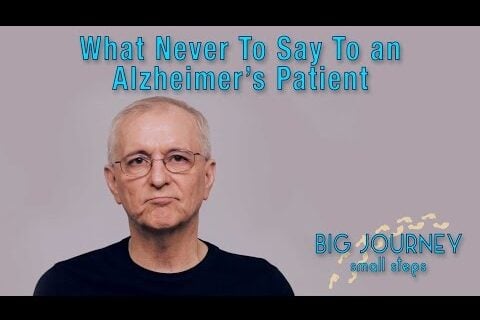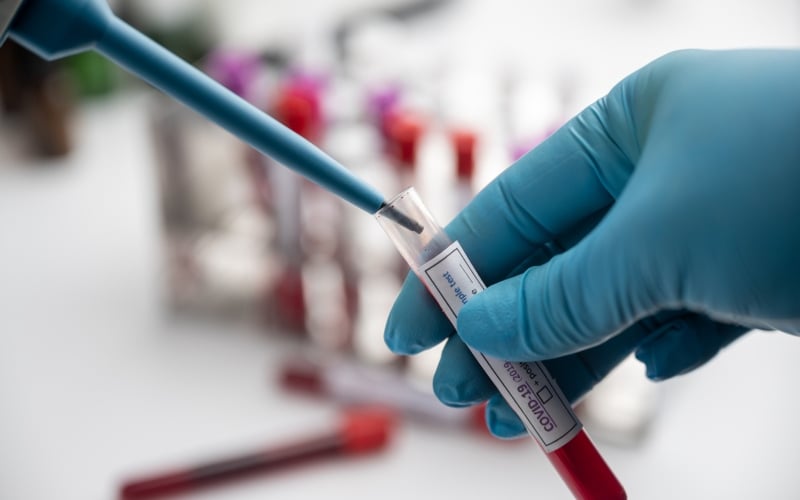There is a recent article, Hard facts on drugs, mental illness must be faced, stating that, “The chronically homeless are dying on our streets, in our parks, on our trains. A large and highly visible subset is addicted to cheap, plentiful, lethal drugs. It was recently reported that fentanyl kills someone every day in Hennepin County. Many others among the chronically homeless are mentally ill and unable to care for themselves. It’s rarely directly stated that, offline, in the real world, every single person in Minneapolis knows where to get fentanyl and other hard drugs — the encampments.”
“It is clear that a significant portion of the chronically homeless need to be institutionalized, either for drug treatment, mental health therapy or both. Do you live or work or spend time in Minneapolis? Have you not seen them, covered in feces, screaming at themselves? Lying facedown on bus shelter floors with their pants around their ankles? Wandering into traffic on Franklin Avenue? Fighting with ghosts and with each other?”
“The dealers — who do not appear to be hard to find — need to be prosecuted and locked up for the pain, suffering and death they’ve caused. Their victims need to be humanely taken off the streets and cared for until they’re able to function independently.”
Why do people use drugs? Why are drugs addictive? What happens in the mind in a mental disorder? How is treatment possible, from mild to severe cases, along the lines of a map? What does the individual living with drug addiction understand about the human mind? What makes the anomaly of homelessness and personal degradation seem comfortable for some? Why do some people relapse?
What in the brain is present in all these? Impulses, electrical and chemical. Drugs, mental illnesses, seeming resignation to homelessness, drug dealing, addiction, overdose and so forth are all processes in the brain, where impulses are involved.
It is theorized here that the human mind is the collection of all the electrical and chemical impulses of nerve cells, with their interactions, loops, arrays, features and interactions. It is what impulses do that become known, experienced and modulated.
How do impulses interact in sets that decide the duration of an addiction? What happens with the features of impulses that result in dissociation or detachment? How can be brain be explained in a simple enough way, to make people living with those conditions know—how—what is observed is mechanized?
In brain science, it is known that clusters of neurons across circuits perform distinct functions. It is hypothesized here that the impulses in these clusters form loops or are in sets where they determine most functions.
These loops present the formation for which memory, emotions, cravings, feelings, thoughts, mood, the self, control and so forth are organized. Formations are the springboard for the [mind] problems of homelessness, mental illness, substance use disorder and overdose. Aside the feature—formation, there are others like principal spot, sequences, pre-/prioritization and so forth.
Explaining the brain by impulses may provide a rough sketch of what occurs to individuals, loved ones and social services, digitally for awareness, therapy and micro-treatment.
—
iStock image
The post Brain Science—Mapping Impulses for Homelessness, Mental Disorder, Addiction and Overdose appeared first on The Good Men Project.
Original Article










